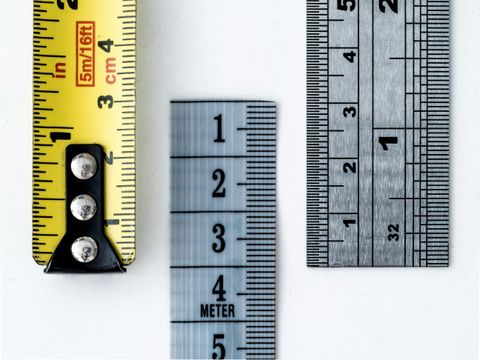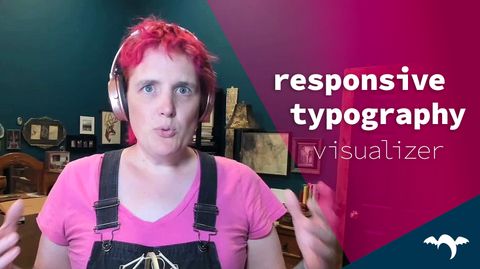The Best CSS Unit Might Be a Combination
We don’t have to choose between px and rem for spacing
There are many articles and established CSS best-practices that rely on determining the correct or best units to use. Now that comparison functions are well supported in CSS, we don’t have to choose.



